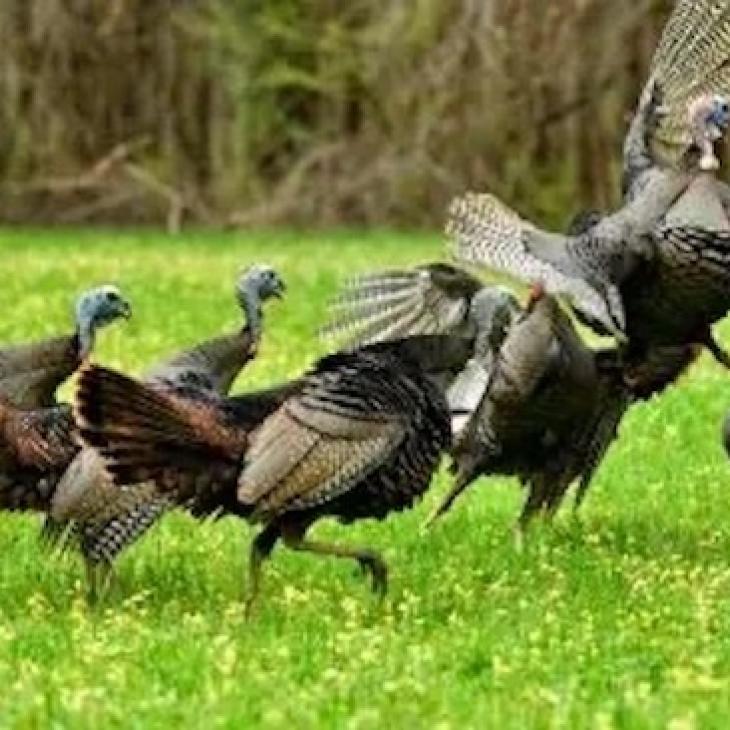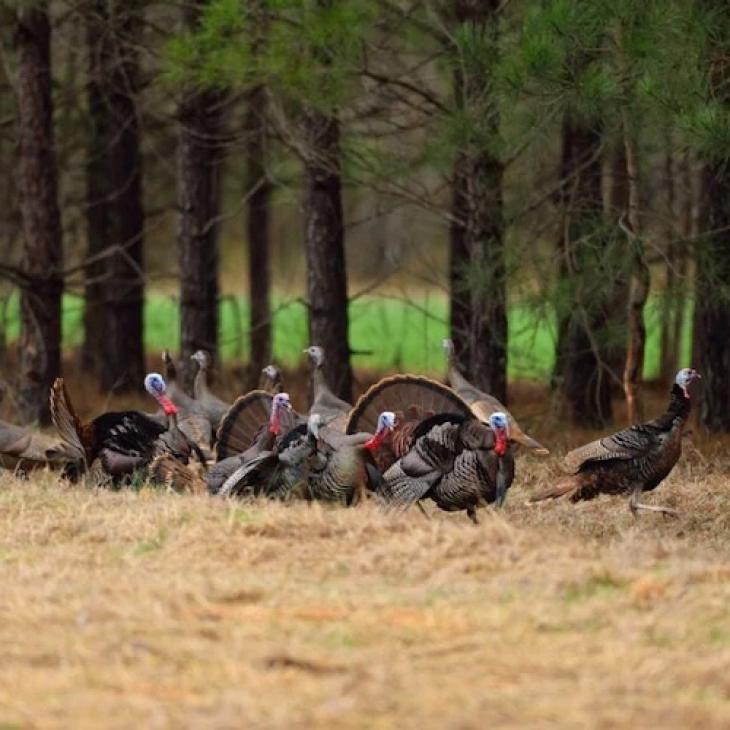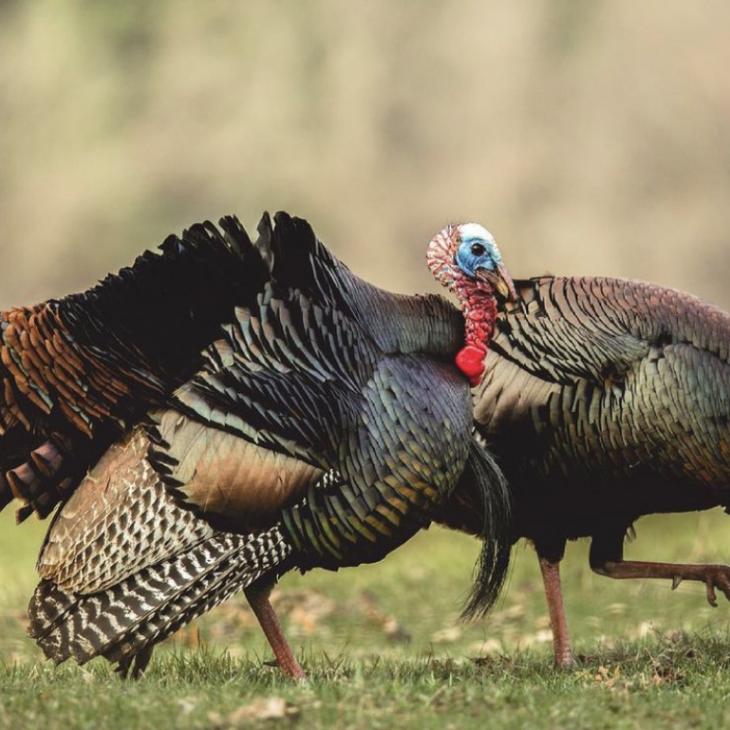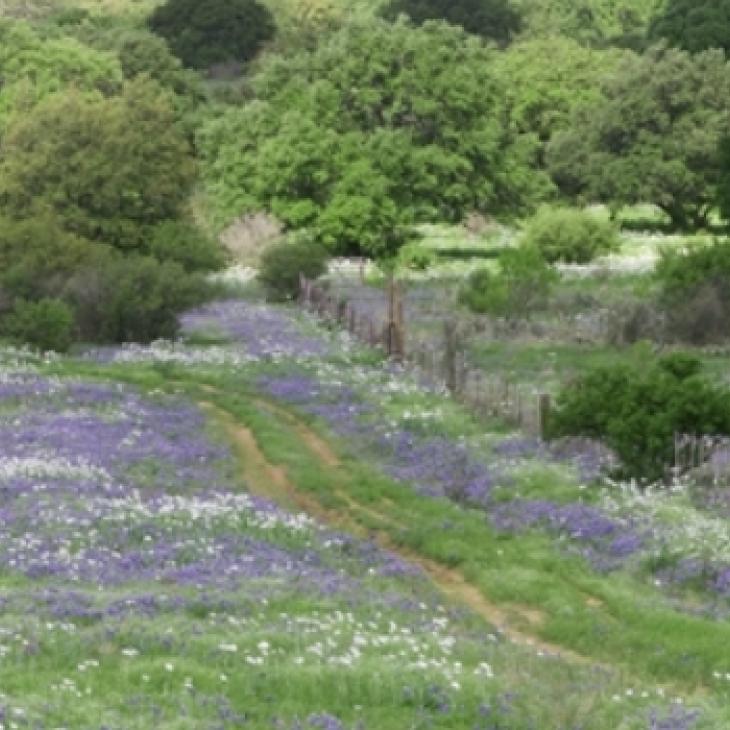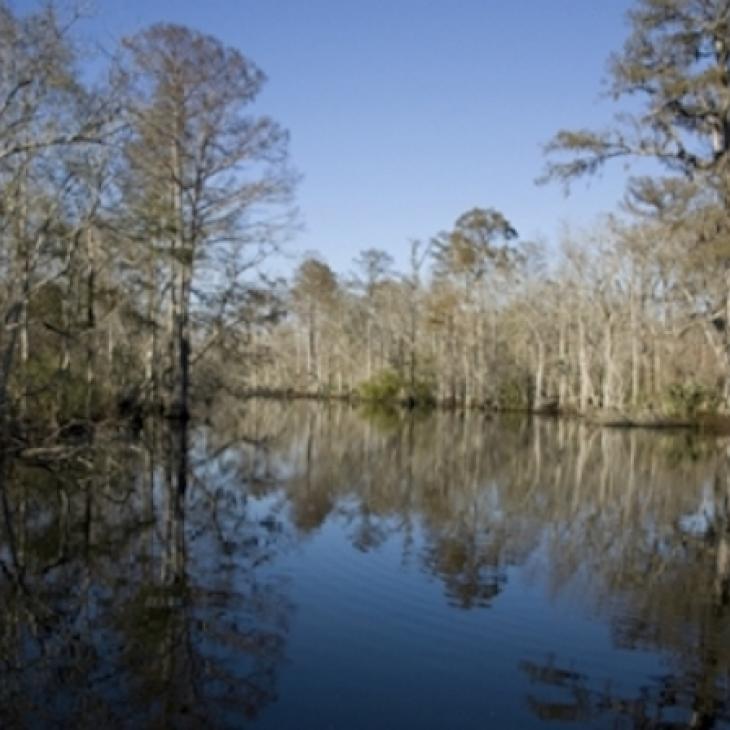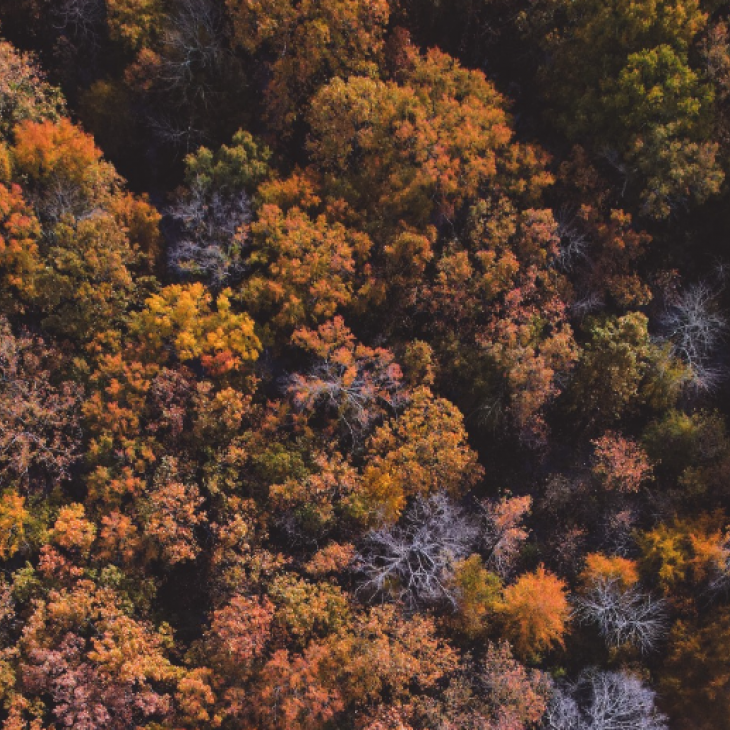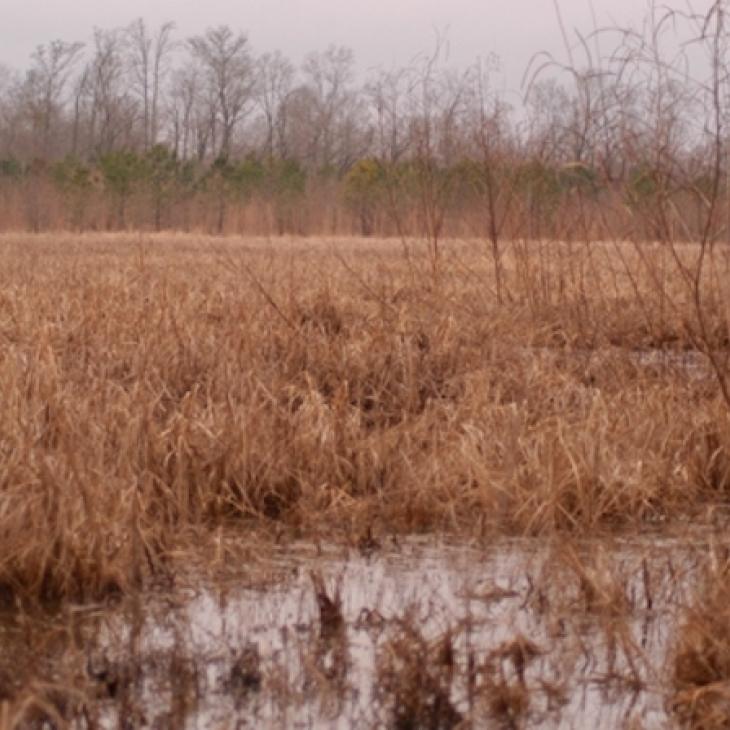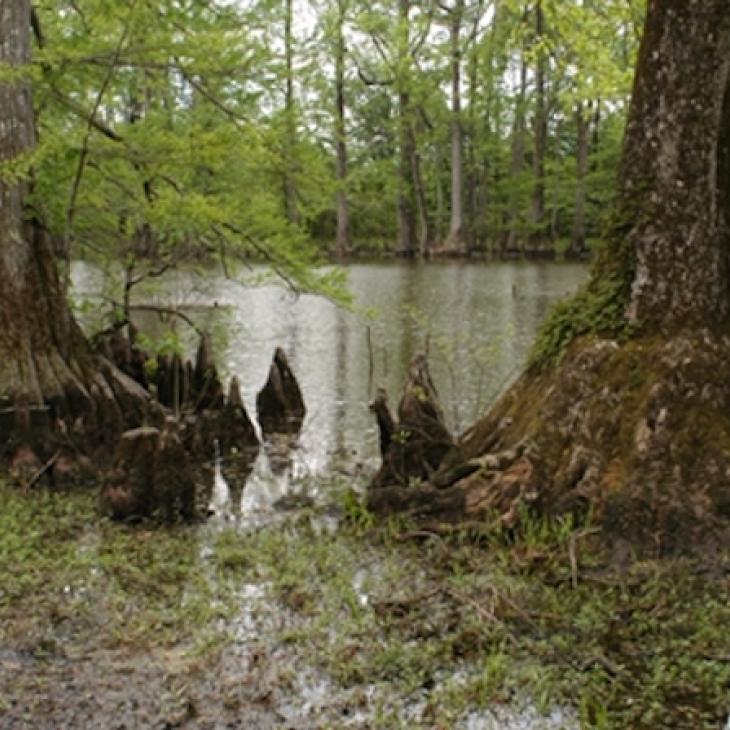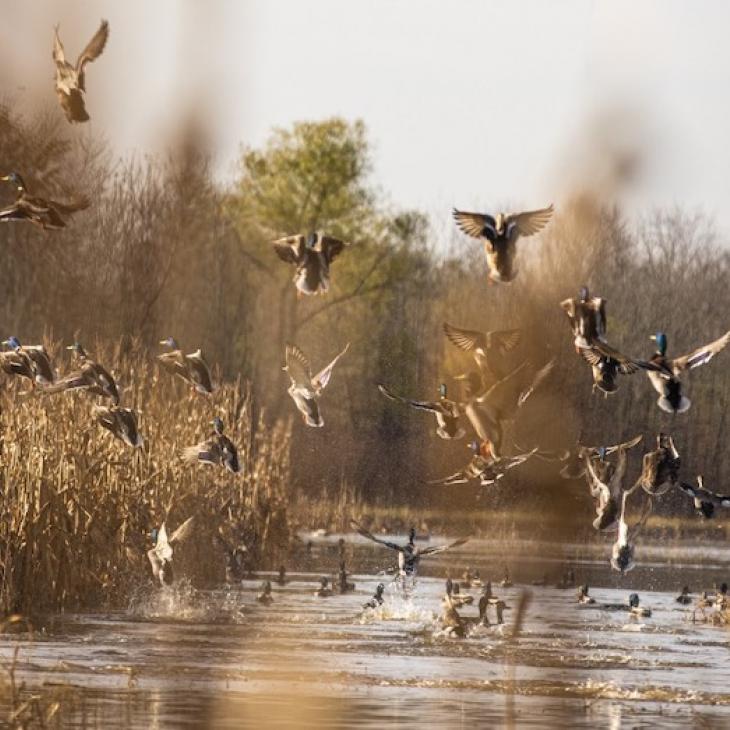UNDERSTANDING WILD TURKEYS: A CLOSER LOOK
Nothing triggers a turkey hunter into fitful dreams and self-imposed sleep deprivation like bushy beards, lusty gobbles and limb-hanger spurs. However, understanding wild turkeys and some parts of their anatomy—beaks, feet, legs and yes, the coveted spurs, are worthy of a closer look at how they function in the species’ survival. This column will discuss their structure and roles. Important insight is included from wild turkey expert and researcher, Dr. Michael J. Chamberlain, PhD., Terrell


